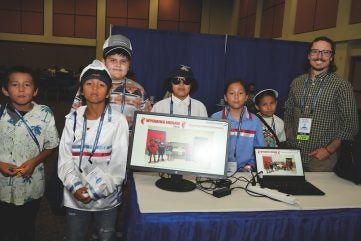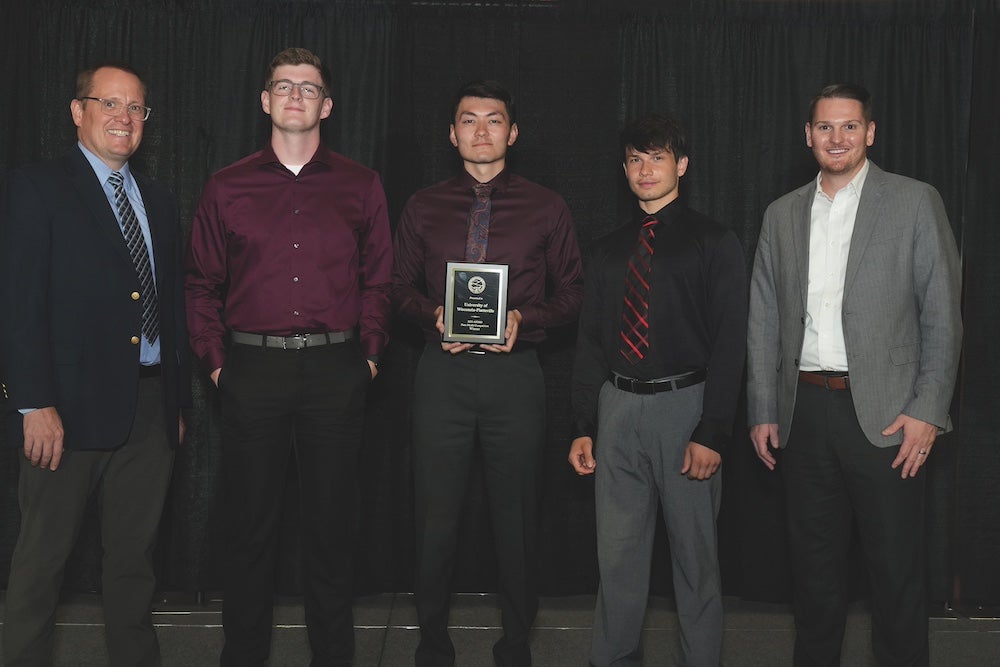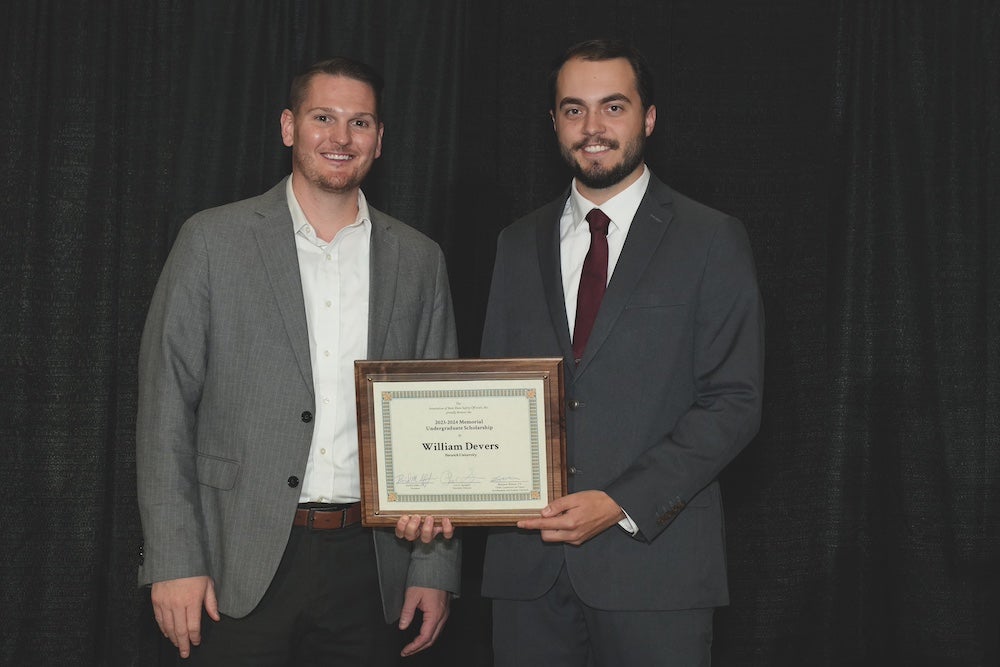
The US’ National Dam Safety Programme plays a critical role in preventing and protecting downstream communities from the effects of dam failure, reducing dam operating costs, and making sure that dams across the country continue to provide critical water management services.
The dam safety community’s federal legislative priority for 2024 is to reauthorise and amend the National Dam Safety Programme Act. As such, on 10 January 2024, Representatives Edwards and Kuster introduced the new House bill H.R. 6931. This is almost identical to its Senate companion, S. 3111, introduced in October 2023, with the difference being the House version introduces a limit on how much a state can receive through the State Assistance Grant programme – to US$4 federal dollars to every US$1 a state spends on its own dam safety programme.
This means no state can receive more than four times its own dam safety programme budget through this grant. Although an improvement over current law, which the Federal Emergency Management Agency interprets as limiting the grant to no more than 50% of a state’s dam safety budget, the Association of State Dam Safety Officials (ASDSO) did advocate for a complete removal of the maximum amount of allocation, as is the case with S. 3111. However ASDSO believes that should it pass, it would not have a significant impact on how much states can receive through the state assistance grant programme. In addition to the five-year reauthorisation, the other amendments sought through these companion bills are:
- Addition of a definition of small, underserved community which is defined as a community of 50,000 or less with a median income of no more than 80% of the median income for the state where the community is located. Communities fitting this description would be exempt from the current 35% federal cost share requirement.
- Further clarification of what a floodplain management plan should be and removal of the requirement to provide one for dam removal projects funded through the High Hazard Potential Dams Rehabilitation Grant Programme.
- Clarification of operation and maintenance responsibility for owners of high hazard potential dams.
Low-head dams
Congressman Chuck Edwards represents North Carolina’s 11th district which is home to more than 750 dams, many of which are in poor or unsatisfactory condition. Along with the National Dam Safety Programme Amendment Act, Edwards also introduced the Low-Head Dam Inventory Act supported by Congressman Patrick Ryan.
“Western North Carolina, with its many lakes and rivers, must remain at the forefront of dam safety,” says Congressman Edwards, “and the Low-Head Dam Inventory Act and National Dam Safety Program Amendment Act would make sure of that. To prevent catastrophic dam failures and protect downstream communities, we must provide federal support for the nearly 92,000 dams that serve critical functions across our nation. By improving dam safety efforts, we can protect lives and make sure that dams continue to provide the services that Americans depend on.”
Low-head dams are manmade structures built in rivers or stream channels, spanning from bank to bank, to direct the flow of water or change the height of water levels. There is currently no process in place to keep track of the quantity, condition, or location of these structures across the US.
The Low-Head Dam Inventory Act would require that low-head dams be added to the National Inventory of Dams to keep track of their location and condition, specifically high-hazard ones, and make sure that they are appropriately maintained to prevent failure.
“The Low-Head Dam Inventory Act will protect the safety of Hudson Valley recreationalists,” says Congressman Ryan who represents the 18th district of New York. “Usually concealed entirely by water, low-head dams are sometimes known for pushing swimmers and kayakers underwater and trapping them in a strong recirculating current. There is currently no national inventory of low-head dams, leaving outdoor enthusiasts unaware of their existence and the life-threatening dangers they pose. The Low-Head Dam Inventory Act will address this gap and require officials to track the location and conditions of such dams.”
Kevin Colburn, National Stewardship Director at American Whitewater said: “Low head dams represent a severe hazard to Americans that enjoy the simple pleasure of paddling our nation’s many rivers and streams in canoes, kayaks, and rafts. We are extremely grateful for Congressmen Edwards’ and Ryan’s leadership in the effort to map these dams and share their locations with the public. This effort will save lives and support the thriving economy and healthy lifestyle associated with river-based recreation.”
Describing the National Dam Safety Programme and the High Hazard Potential Dam Rehabilitation Grant Programme as ‘two key pillars of the nation’s dam safety efforts’, ASCE President Marsia Geldert-Murphey says the legislation includes needed reforms that will ensure money flows more freely to states to help improve and expand access to federal dam rehabilitation funds.
Water resources
ASDSO also met with House Transportation and Infrastructure Committee staff as part of the committee’s stakeholder engagement to urge them to include the reauthorisation and amendments as part of the Water Resources Development Act of 2024 (WRDA).
The Water Resources Development Act is a comprehensive legislative package that provides for the conservation and development of water and related resources. It authorizes the Secretary of the Army, through the Assistant Secretary of the Army for Civil Works, to conduct studies, construct projects and research activities that can lead to the improvement of rivers and harbors of the United States.
ASDSO met also with members of Congress who sit on this committee to encourage them to submit these provisions as part of their own submissions regarding what they want included in this year’s WRDA bill. That outreach effort was successful with several offices joining together in a bipartisan request to the committee to include the language of H.R. 6931 in WRDA. It is now up to the committee to determine what will be included
in this year’s WRDA bill. ASDSO will continue to engage with the committee and its members over the next several months as this year’s WRDA bill progresses, including urging additional members to cosponsor H.R. 6931.
40th anniversary
ASDSO is looking ahead to later in the year when it will be holding Dam Safety 2024 at the Colorado Convention Center in Denver, celebrating its 40th Anniversary.
Recipients of the association’s 2024 awards programme will also be acknowledged during the event. Individuals do not need to be an ASDSO member to be nominated or submit a nomination.
The awards include:
- National Dam Rehabilitation Project of the Year which recognises a unique remedial design, for a project of any size, that advances the state-of-the-art in the field of dam safety and exemplifies the professional engineering and construction standards that dam safety requires.
- Regional Dam Safety Awards recognise smaller projects, dam owners, and other entities that have made an impact at a local, county, state, or regional level. While efforts may not be state-of-the-art or impact the industry nationally, recipients have made exemplary community contributions. The awards recognise collaboration, community impact, innovative funding, cost-effectiveness, and social and environmental responsibility.
- The Media Outreach Award recognises media outlets and journalists whose work on dam safety issues has enhanced the public understanding of dams’ impact on society, their role as key components of public infrastructure, ramifications of dam safety incidents, or other noteworthy contributions to dam safety.
- Bruce Tschantz Public Safety at Dams Award will be given to a person who takes on the role of “local champion” and works to improve public safety around dams.
- Young Professional of the Year recognises members under 35 years of age working in the dam safety field who made outstanding contributions to the association, their respective organisation, or the dam safety industry in general.
- Terry L. Hampton Medal will be awarded for outstanding contributions to research and/or practice in hydrologic and hydraulic engineering for dams.
- Danny McCook Medal for outstanding contributions to research or practice in geotechnical engineering for dams.

Winners of the Dam Model competition will also have a chance to present their winning entry at the conference. This targets university student groups, student branches of professional organisations, K-12 classes, or other students interested in dam safety to construct a tabletop sized dam model and come up with a plan on how to best use the model to educate the public on dam safety. Unique aspects of the proposed model can include dam break, hydropower, gated spillways, rainfall-runoff, etc while special consideration will be given to unique uses at children’s museums and schools.

ASDSO is also currently accepting applications for the 2024/2025 Undergraduate Scholarship Programme. Established in 1992, it recognises that one of the keys to achieving the association’s goals is the development of well-trained technical persons.
As of 2023, more than 50 scholarships have been awarded totalling over $250,000.
Annually ASDSO awards a scholarship to at least one undergraduate senior who has demonstrated an interest in pursuing a career related to dam design, construction, and operation and is studying in a related field. William “Billy” Devers is a senior at Norwich University in Northfield, Vermont, working towards a bachelor’s degree in civil engineering and a minor in construction management. Last year he was awarded a US$20,000 scholarship and a travel stipend to attend the Dam Safety 2023 conference in California.
Billy has found great interest in dams and water resources engineering through his college, internships, and general love for the outdoors. He worked for the Vermont Dam Safety Programme in the summer of 2022, inspecting and writing reports on 95 dams. In the summer of 2023, he interned at Aldrich & Elliott Water Resources Engineering, a small private consulting firm in Vermont, where he learned about hydraulics engineering for water and wastewater management.
Toolbox
In other news, ASDSO recently launched a new website called the Dam Safety Toolbox. Through this new website, any professional can quickly build their knowledge of dam safety basics through resources curated by leaders in the industry. Users can explore dozens of existing pages on dam safety fundamentals, management, and technical topics.
It is a wiki-based website allowing dam safety professionals to access essential resources quickly and easily. Like any wiki, users can suggest edits to existing content or create new pages. ASDSO members can edit directly on the website, and non-members can submit edits using a PDF form. All the edits are reviewed and approved by a committee of ASDSO members to ensure reliability. There is also a free one-hour webinar on navigating and editing the website on 2 April 2024.
Gannett Fleming was responsible for developing the website and initial content and many ASDSO volunteers contributed through the Technical Knowledge Base Task Force, Dam Design and Construction Committee, and the website subcommittee.


